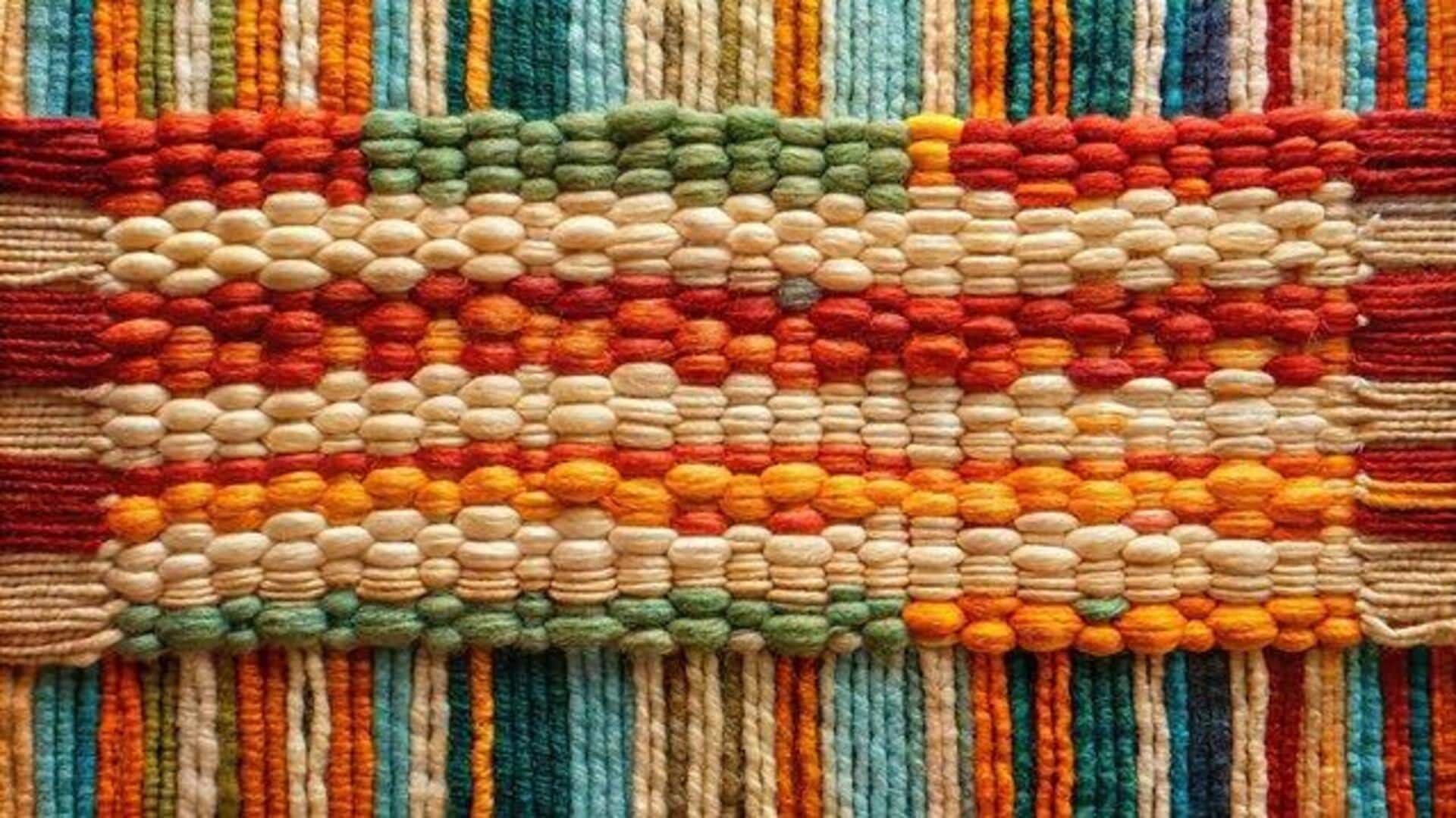
Unveiling masters of African tapestry weaving
What's the story
Tapestry weaving is a centuries-old tradition in Africa, serving as a vibrant canvas for the continent's rich culture and history. This article delves into the world of these woven masterpieces, highlighting the pioneering artists, their unique techniques, and the profound impact of their work in preserving and celebrating African heritage.
Roots
The pioneers of African tapestry
The traditions of African tapestry weaving extend back to ancient cultures where it served not only as art but as a vital conduit for storytelling and historical record. Contemporary artists like Ghana's El Anatsui have revitalized these traditions, catapulting them onto the global art stage. Their pieces are not just personal stories, they are powerful commentaries on colonialism, modernity, and the very nature of identity.
Craftsmanship
Techniques that transcend time
African tapestry artists utilize traditional techniques that have been passed down through generations. These involve hand-weaving on looms, dyeing with natural pigments, and even embellishing their textiles with materials like beads and metal. The intricate craftsmanship that goes into each piece not only showcases the artist's commitment to their craft but also the rich cultural stories woven into the very fabric of their work.
Innovation
Contemporary voices in tapestry art
Over the past few years, modern artists have been revolutionizing the ancient craft of tapestry weaving by introducing unconventional materials and techniques. Take, for example, the work of Nigerian artist Nnenna Okore. She uses recycled materials to weave intricate three-dimensional tapestry sculptures, breaking away from traditional flat designs. Her art not only promotes sustainability but also raises awareness about environmental degradation.
Exposure
Exhibitions shaping global perceptions
International exhibitions are instrumental in introducing African tapestries to a global audience. By facilitating a platform for African artists to showcase their talent, these events contribute to fostering cross-cultural dialogue and understanding. And, it's not just any platform. Exhibitions at world-renowned institutions like the British Museum and the Smithsonian Institution ensure African tapestries are accorded the recognition and appreciation they deserve.
Legacy
Preserving tradition through education
Education is crucial for preserving the rich tapestry weaving traditions in Africa. Projects like master weaver-led workshops strive to teach vital skills to new generations, while also embracing the modern world. By fusing age-old techniques with contemporary design, these initiatives ensure the art form not only survives, but thrives, inspiring future weavers.